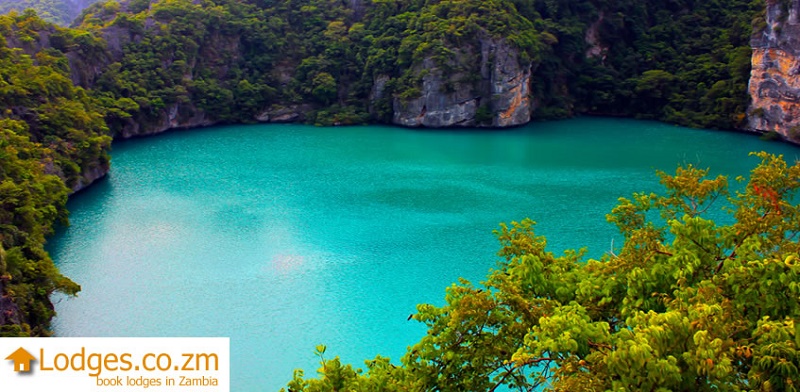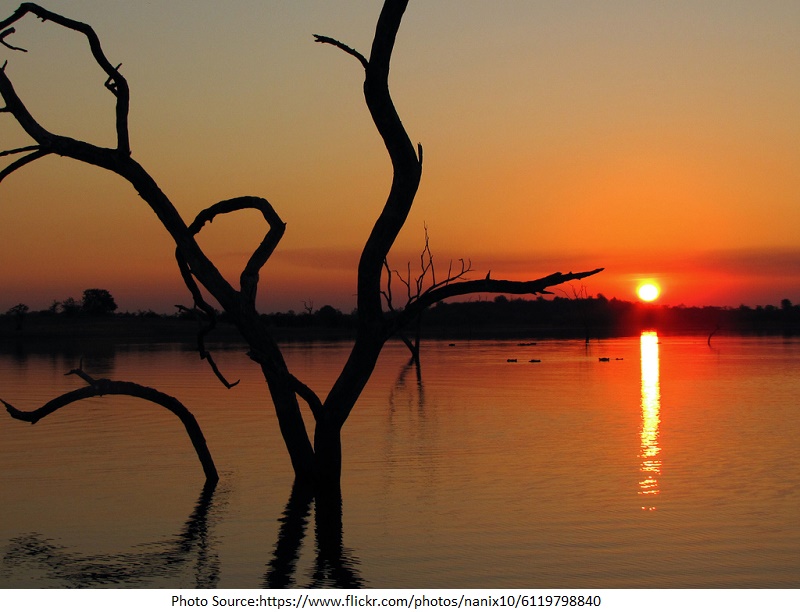Introduction:
Emirati heritage represents a captivating blend of tradition, history, and modernity that has evolved over centuries in the United Arab Emirates (UAE). This cultural tapestry, deeply rooted in the Arabian Peninsula, reflects the values, customs, and lifestyles of the Emirati people. In this article, we will explore the diverse facets of Emirati heritage and the ongoing efforts to preserve and celebrate this remarkable legacy.
-
Traditional Emirati Clothing:
One of the most iconic elements of Emirati heritage is traditional clothing. For Emirati men, the “kandura” or “dishdasha” is a flowing, ankle-length robe, often white, symbolizing purity and comfort in the desert climate. Women wear the “abaya” and “sheila,” which come in a variety of colors and designs, representing elegance and modesty. The “ghutra” is a distinctive head covering for men, while women adorn their heads with beautifully embroidered “sheilas.”
-
Arabic Language and Calligraphy:
The Arabic language is at the heart of Emirati heritage. It serves as a link to the region’s historical and cultural roots. Emirati calligraphy, known for its intricate designs and stylized writing, adds an artistic dimension to this heritage. Efforts to promote Arabic calligraphy and language are key to preserving Emirati culture.
-
Traditional Cuisine:
Emirati cuisine is a delightful blend of flavors, influenced by Arabian, Persian, Indian, and African culinary traditions. Dishes like “al harees,” a savory porridge cooked with meat, and “al majboos,” a spiced rice dish, are cherished staples. The use of dates, camel meat, and saffron reflects the region’s agricultural and trading history.
-
Pearl Diving and Maritime Heritage:
Historically, pearl diving was a major industry in the UAE. Emirati divers would plunge into the azure waters of the Arabian Gulf in search of precious pearls. This maritime heritage has left a profound impact on Emirati culture, influencing art, music, and even dance.
-
Music and Dance:
Emirati music and dance are vibrant expressions of joy and tradition. The “Al-Ayyala” dance is a captivating performance where men and women come together, swaying and clapping to the beat of drums. Traditional music instruments like the “rababa” and “oud” produce soulful melodies that echo the desert’s mystique.
-
Architecture and Heritage Villages:
The UAE boasts an array of historic buildings and heritage villages, preserving the architectural and cultural heritage of the region. The Al Fahidi Historic District in Dubai and the Al Jahili Fort in Al Ain are prime examples of these well-preserved treasures.
-
Cultural Festivals and Celebrations:
Emirati heritage is celebrated throughout the year at various festivals and events. The Al Dhafra Festival, for instance, showcases traditional Bedouin customs such as camel racing and falconry. Other events, like National Day and UAE Heritage Week, pay homage to the nation’s roots through exhibitions, performances, and traditional crafts.
-
Preservation Efforts:
The UAE government places significant importance on preserving Emirati heritage. Initiatives like the Sheikh Mohammed Centre for Cultural Understanding (SMCCU) promote cross-cultural awareness, while museums like the Louvre Abu Dhabi and the Sharjah Heritage Museum offer valuable insights into the nation’s past.
Conclusion:
Emirati heritage is a testament to the resilience and rich history of the UAE. In a rapidly changing world, preserving these traditions and customs is crucial to maintaining a sense of identity and connection to the past. Emiratis take great pride in their heritage, and it continues to shape their modern, forward-thinking society while honoring the timeless customs of their ancestors. Embracing and celebrating this heritage not only enriches the lives of Emiratis but also offers a window into the fascinating history and culture of the UAE for the world to explore and appreciate.





